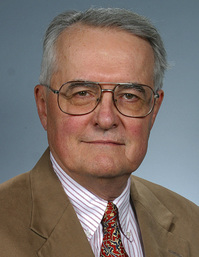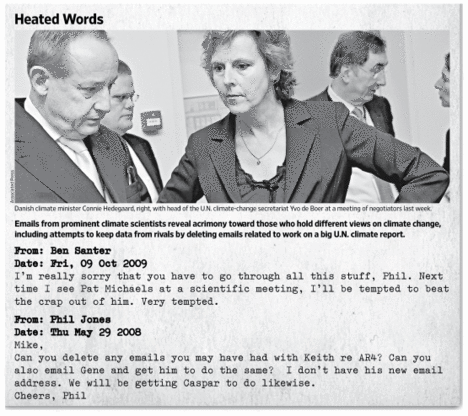One recurring puzzle is the role, if any, for science in innovative entrepreneurship. The episode chronicled below provides one piece of evidence:
(p. 71) I had explained to Ed MacLuckie with great (p. 72) pride the McDonald’s secret for making french fries. I showed him how to peel the potatoes, leaving just a bit of the skin to add flavor. Then I cut them into shoestring strips and dumped them into a sink of cold water. The ritual captivated me. I rolled my sleeves to the elbows and, after scrubbing down in proper hospital fashion, I immersed my arms and gently stirred the potatoes until the water went white with starch. Then I rinsed them thoroughly and put them into a basket for deep frying in fresh oil. The result was a perfectly fine looking, golden brown potato that snuggled up against the palate with a taste like . . . well, like mush. I was aghast. What the hell could I have done wrong? I went back over the steps in my mind, trying to determine whether I had left something out. I hadn’t. I had memorized the procedure when I watched the McDonald’s operation in San Bernardino, and I had done it exactly the same way. I went through the whole thing once more. The result was the same–bland, mushy french fries. They were as good, actually, as the french fries you could buy at other places. But that was not what I wanted. They were not the wonderful french fries I had discovered in California. I got on the telephone and talked it over with the McDonald brothers. They couldn’t figure it out either.
This was a tremendously frustrating situation. My whole idea depended on carrying out the McDonald’s standard of taste and quality in hundreds of stores, and here I couldn’t even do it in the first one!
I contacted the experts at the Potato & Onion Association and explained my problem to them. They were baffled too, at first, but then one of their laboratory men asked me to describe the McDonald’s San Bernardino procedure step-by-step from the time they bought the potatoes from the grower up in Idaho. I detailed it all, and when I got to the point where they stored them in the shaded chicken-wire bins, he said, “That’s it!” He went on to explain that when potatoes are dug, they are mostly water. They improve in taste as they dry out and the sugars change to starch. The McDonald brothers had, without knowing it, a natural curing process in their open bins, which allowed the desert breeze to blow over the potatoes.
With the help of the potato people, I devised a curing system of my own.
Source:
Kroc, Ray. Grinding It Out: The Making of McDonald’s. Chicago: Henry Regnary Company, 1977.
(Note: ellipsis in original.)



